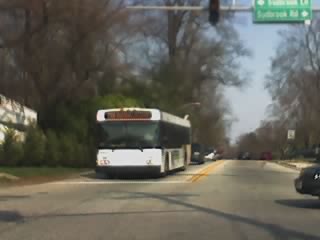Sudbrook Park | |
 | |
| Nearest city | Pikesville, Maryland |
|---|---|
| Coordinates | 39°21′58″N76°43′49″W / 39.36611°N 76.73028°W |
| Area | 200 acres (81 ha) |
| Built | 1890 |
| Architect | Olmsted, Frederick Law |
| Architectural style | Colonial Revival, Queen Anne, Shingle Style |
| NRHP reference No. | 73000904 [1] |
| Added to NRHP | June 19, 1973 |
Sudbrook Park is a historic neighborhood near Pikesville, Maryland located just northwest of the Baltimore.
Contents
The community dates to 1889 when it was designed by American landscape architect Frederick Law Olmsted, Sr. (1822–1903) and developed by the Sudbrook Company. Known most for designing well-known urban projects like Central Park in New York City, Olmsted conceived this "suburban village" with curved roads and open green spaces, traits that set the community apart from its contemporaries. Two homes in the district were designed by architect George Archer in the Colonial Revival style. [2] [3]
Sudbrook Park was registered on the National Register of Historic Places in 1973, and from 1993 to 1999 portions of Sudbrook Park became listed as Baltimore County Historic Districts.
Today, the community continues to uphold Olmsted's vision through community association regulations. It is a tight-knit community and holds several annual events and neighborhood activities.





